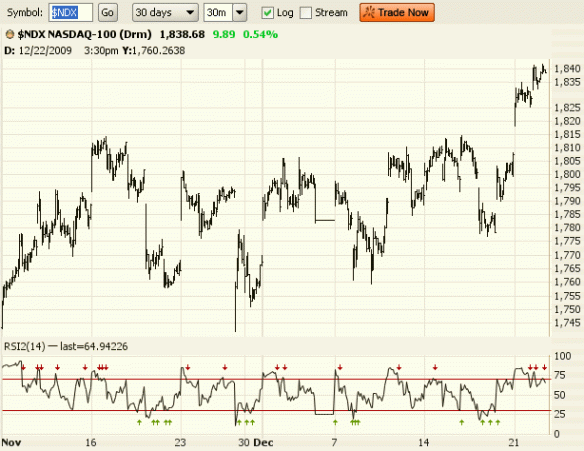Top-performing mutual fund manager John Hussman sees no value in this “overvalued, overbought and overbullish” market.
Last week, the dividend yield on the S&P 500 dropped below 2%, versus a historical average closer to double that level. While part of the reason for the paucity of yield in the current market can be explained by the 20% plunge in dividend payouts over the past year, as financial companies have cut or halted dividends to conserve cash, the fact is that current payouts are not at all out of line with their historical relationship to revenues, and even a full recovery of the past year’s dividend cuts would still leave the yield at a paltry 2.5%. The October 1987 crash occurred from a yield of 2.65%, which was, at the time, the lowest yield observed in history, matched only by the 1972 peak prior to the brutal 1973-74 bear market.
Those two periods had a few other things in common. In the weeks immediately preceding the market downturn, stocks were overbought, had advanced significantly over prior weeks, bond yields were creeping higher, and investment advisory bearishness had dropped below 19%. All of those features should be familiar, because we observed them at the 1987 and 1972 peaks, and we observe them now…
So when will we accept more risk? Easy – when the expected return from accepting risk increases, or when the expected range of outcomes becomes narrower. Presently, two things would accomplish that. One is clarity, the other is better valuation.
First, and foremost, we have to get through the next 5-6 months, which is where we will at least begin to see the extent to which “second wave” credit risks materialize. We emphatically don’t need to work through all of the economy’s problems. What we do need, however, is for the latent problems to hatch, so we can have more clarity about what we’re dealing with. I’m specifically referring to the second round of delinquencies and foreclosures tied to Alt-A and Option-ARM loans, the requirement beginning in January that banks and other financials bring “off balance sheet” entities onto their books (which, as Freddie Mac observed in a recent footnote, “could have a significant negative impact on its net worth”), and the disposition of a mountain of mortgages that have been increasingly running delinquent, but where foreclosure has been temporarily delayed.
-
Hussman’s fund doesn’t go net-short, but past times when he’s gone fully-hedged have been good opportunities to think about short selling.








